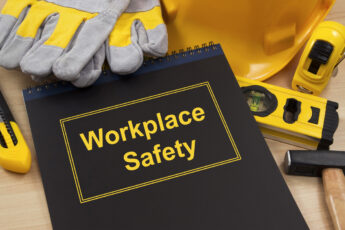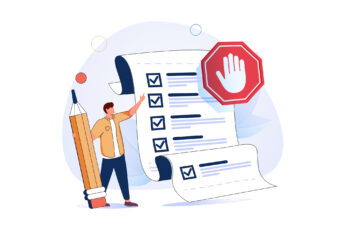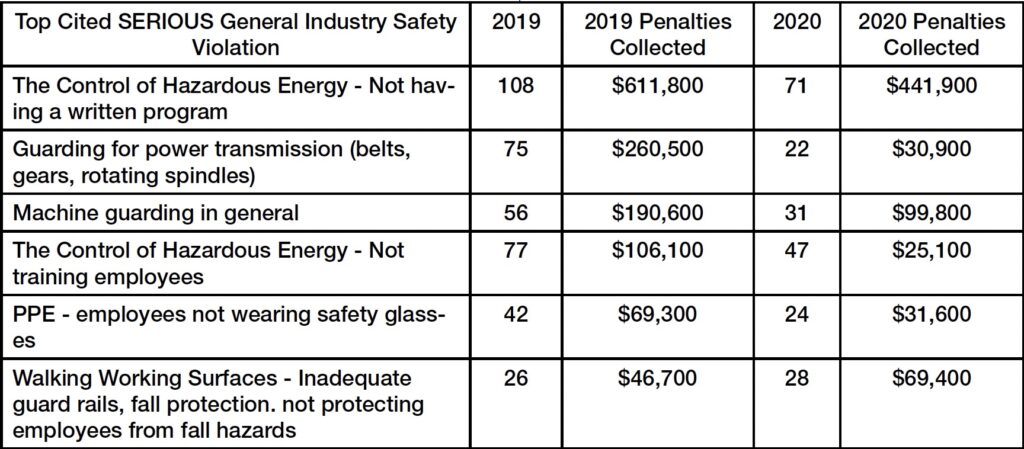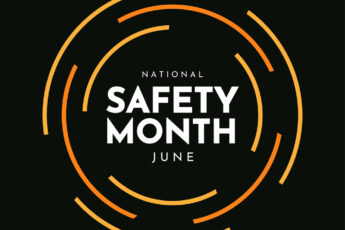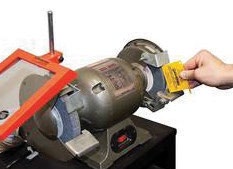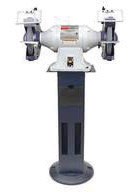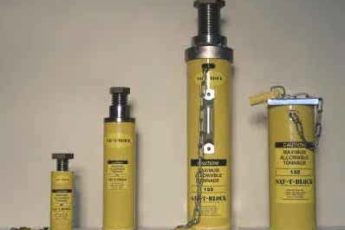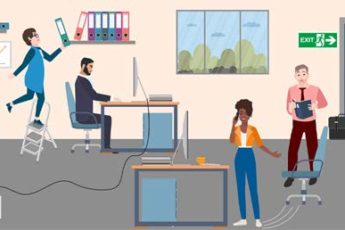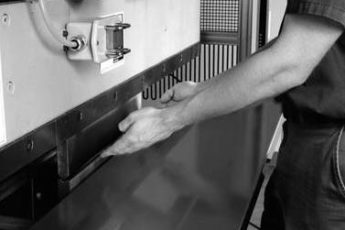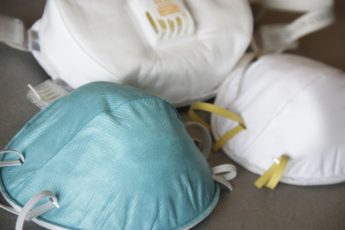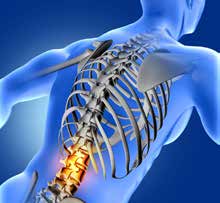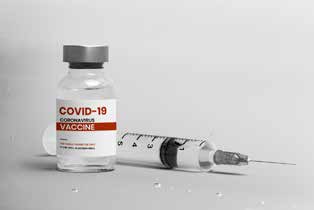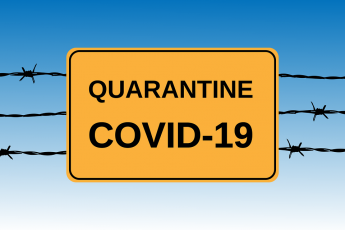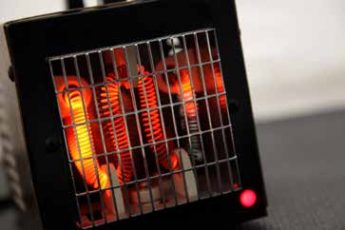By Chris Demeter, Senior Loss Control Consultant
Starting a new job is often filled with a variety of training. From learning the nitty-gritty of everyday life at the company – like how to access your email or where to find supplies – to sessions about the company culture, your first days on the job are typically spent learning more about what you will be doing than actually doing it. Often wedged somewhere between sessions about your company’s history and how to use your vacation hours are training sessions about safety.
While safety training is prioritized in certain fields like construction, it’s not always given the level of attention it deserves in other industries. Even though workplace injuries are three times more likely to occur in employees who have held their job for three months or less, safety training is often limited. In many cases, this is the only time that on-the-job safety is mentioned, at least until an accident happens or the company prepares for an audit.
(more…)
